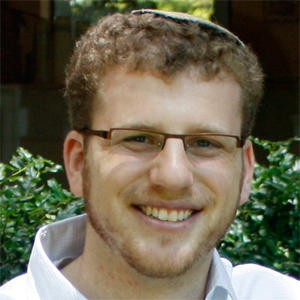Radiating God’s Light

Bemidbar Rabbah 15:2
במדבר רבה (וילנא) פרשה טו
אמר לו הקב”ה למשה לא בשביל שאני צריך לנרות הזהרתיך על הנרות אלא לזכותם … תדע כשאדם בונה בית עושה לו חלונות צרות מבחוץ ורחבות מבפנים כדי שיהא האור נכנס מבחוץ ומאיר מבפנים ושלמה שבנה בית המקדש לא עשה כך אלא עשה חלונות צרות מבפנים ורחבות מבחוץ כדי שיהא האור יוצא מבהמ”ק ומאיר לחוץ
The Lord spoke to Moses, saying: Speak to Aaron and say to him, “When you mount the lamps, let the seven lamps give light at the front of the lampstand” . . . God said to Moses, “I have no need for the lighting of candles, or for you to be fastidious in keeping them lit, rather, it is for your merit that I have commanded this. Know that when a person builds a house they make the windows narrow on the outside and wide on the inside so that the light will enter from the outside and illuminate the inside.
When Solomon built the Temple, he made the windows narrow on the inside and wide on the outside so that the light from the Temple would go out and illuminate the world.”
The striking visual image of the ornate golden menorah, constantly lit with pure olive oil, illuminating the Temple courtyard, provides rich fodder for the midrashic mind of the rabbis. In the rabbinic imagination, the light from the menorah represents how God’s presence dwelled in the Temple and, by extension, in the world. The above midrash is quick to point out that God has no need for the light of the menorah.
The idea that God, the Creator of all light, of the sun and the moon and all of the heavenly bodies, needs a relatively small oil-lit candelabra is as absurd to the rabbis as it is to the modern reader. The light of the menorah, this midrash teaches, is solely for our benefit, to illuminate our lives with the light of the divine.
This empowering message suggests that what brings God’s presence into the world is not miracles, or even the exercising of the divine will, but rather the careful crafting of holy objects and holy spaces so that their light is able to reflect outward, transforming the dark cracks and crevasses of the world with soft and sacred light.
While the Temple no longer stands, and the menorah was looted long ago from Jerusalem, we still have the ability to construct holy spaces—in our synagogues, our homes, and ourselves—in ways that enable God’s light to radiate out, not for God’s sake, but for our own and the world’s.



